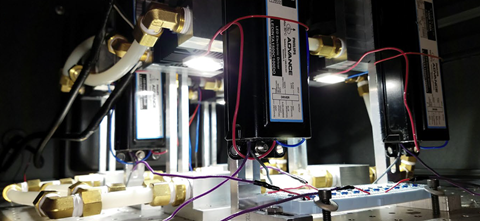
Thin, transparent and flexible, organic solar cells look perfect for harnessing the sun’s energy from pretty much any surface, including windows, vehicles and smartphones. But they’ve been dogged by the perception that they’re not stable enough to survive in the real world. Now researchers in the US have demonstrated it’s possible to create organic solar cells that reliably work for 27,000 years outdoors, quashing the idea that long-lived devices are impossible.
The reliability of organic photovoltaic (OPV) cells has been one of the biggest hurdles to practical applications. Even the most stable ones typically don’t last longer than seven years, degrading due to the effects of light and heat. It led many to believe that solar cells made from weakly bonded organic materials simply couldn’t be made to rival the longevity of traditional silicon devices.
But Stephen Forrest’s group at the University of Michigan has put this idea to rest by showing that C70 fullerene-based single junction OPVs can survive the glare of the sun for far longer than any commercial device would require – around 27,000 years. The team extrapolated this number by artificially ageing the cells using heat and intense light.
‘We have shown that organic solar cells aren’t particularly difficult to stabilise – it depends on choice of materials, fabrication processes and device architectures,’ says Forrest. ‘It is now clear that the intrinsic lifetime of OPVs can be sufficient to achieve the practical lifetimes met by conventional, inorganic cells.’
The researchers made thin-film organic solar cells in a series of layers, like a nano-scale multi-layered sandwich, using vapour deposition to precisely control the thickness and purity of each layer. The experimental devices had efficiencies of 6–7% – by comparison commercial silicon solar cells have efficiencies of around 20%. Initial experiments, which simulated the light and heat intensity of the sun using a xenon arc lamp revealed that the cells degraded too slowly to be measured over the course of a year. So the team rigged up a system of white LEDs which could artificially age a fresh set of OPV cells by subjecting them to light intensities that delivered the equivalent of up to 37 suns.
After exposure for more than 68 days, the cells maintained more than 87% of their starting efficiency. The team were able to extrapolate from the results that it would take the equivalent of 27,000 years outdoors for the cells to lose 20% of their original efficiency – the point at which the team deemed the device no longer useful. What’s more, no efficiency loss was observed in cells subjected to nine years’ worth of UV radiation.
‘The extrapolated lifetimes were exceptionally long, particularly compared to all previous reports of device lifetimes. Yet, “short lifetime” as a feature of all organic devices is a myth, as has been proven for [organic LEDs],’ explains Forrest. ‘So while the very long intrinsic lifetime is surprising, it is within reasonably expected values for the best organic devices reported in other application spaces.’
‘The excitement of this paper is that it debunks the common belief that organic materials are unstable and that long-lived organic solar cells are simply not possible,’ says Paul Dastoor, who develops organic solar cells, including a solar paint, at the University of Newcastle, Australia. ‘Indeed, our own work is showing that it is the packaging and encapsulation that is far more critical to obtaining long device lifetimes rather than organic material stability.’
References
Q Burlingame et al, Nature, 2019, DOI: 10.1038/s41586-019-1544-1

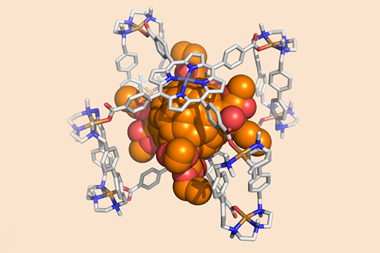
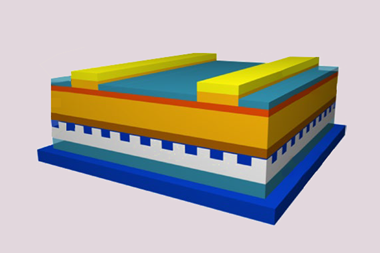
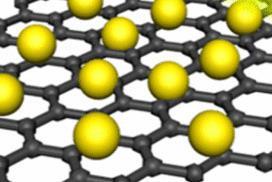
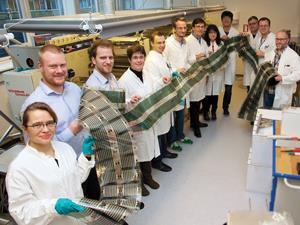







No comments yet